



From taking high-polluting nations to task for climate change to setting up a Mongolia-sized sanctuary for marine mammals, the tiny island nation of Palau, located roughly 500 miles east of the Philippines, has long been punching above its weight when it comes to environmental issues.
It’s latest venture is sending a clear message to the world—working with solar panel manufacturer Kyocera, Palau International Airport has just installed the nation’s largest solar array. Sure, its size (226.8kW) is not huge compared to the multi-hundred megawatt solar projects we see appearing around the world with increasing frequency, but it is still an important step forward.
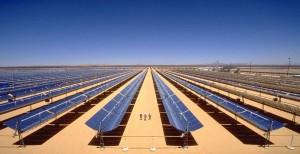
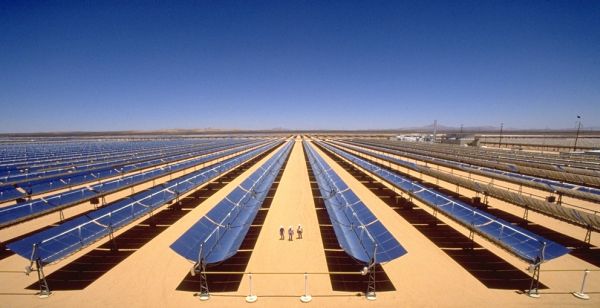
The technology for harnessing solar energy to generate heat or thermal energy is called solar thermal energy (STE). The US Energy Information Administration has classified the solar thermal collectors as low, medium, or high temperature collectors. Low-temperature collectors are used to heat swimming pools, while medium-temperature collectors can be used to heat water or air for private or commercial purposes.
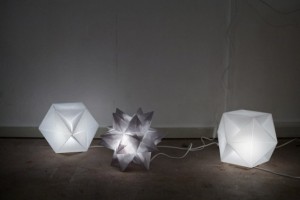
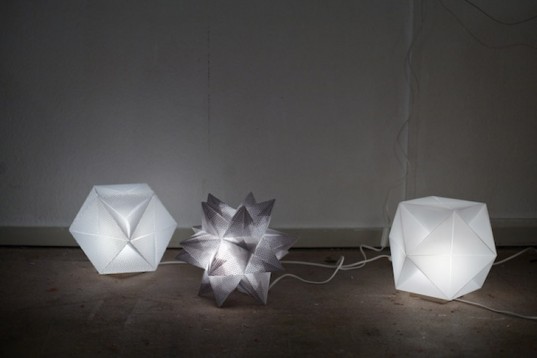
Korea-born, Eindhoven-based Joon & Jung‘s Origami Solarcell is a polygonal low-energy LED lamp that is completely powered by the sun’s energy. The pendant lights are made from a flexible photovoltaic material that is folded into a 3D lamp using origami techniques. The flat-pack multi-faceted lights are still in the prototype stage, but we hope to see these innovative, energy-efficient designs hit store shelves in the near future.

Please forgive us the journalistic conceit of collecting these year-end trends — it’s a necessary evil we all put ourselves through. In solar, this year is a bit more nerve-wracking than last. Here are ten trends in a particularly dynamic and pivotal year that will echo into 2012.
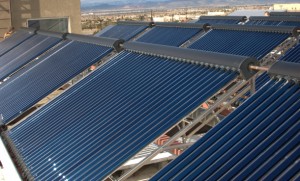
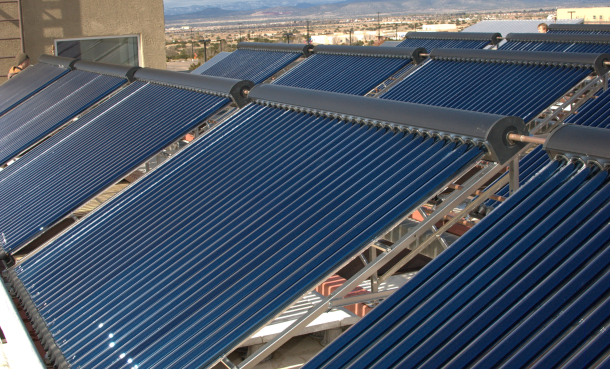
The company today announced it raised $14 million in series C funding to commercialize a product that will draw electricity from solar hot water collectors. It will also make small chips able to convert heat from car exhaust pipes and industrial machines into electricity.
GMZ Energy, which was spun out of the Massachusetts Institute of Technology and Boston College in 2008, has created an improved material for converting the energy in heat into electric power. The process works in reverse so an electric current will produce heat.
Thermoelectric materials have been used for years in a few applications, such as heated seats in cars and portable coolers. Now a number of companies are trying to make them less expensive and more efficient at the heat-to-electric power conversion.